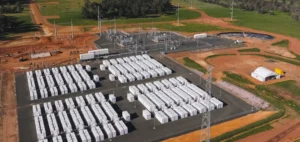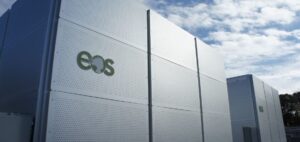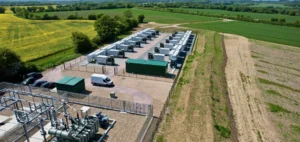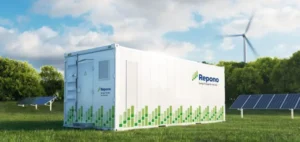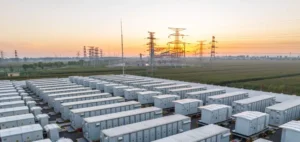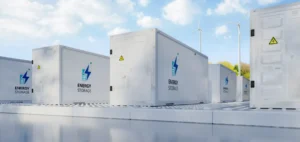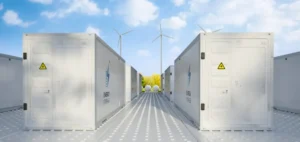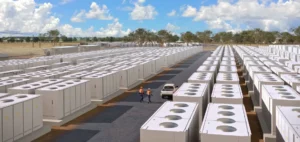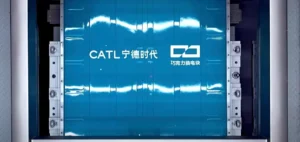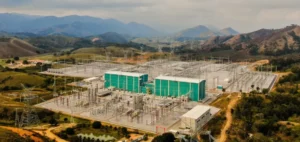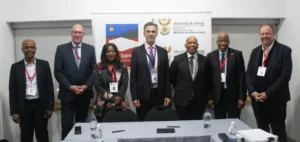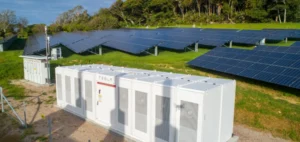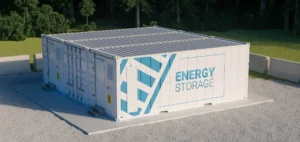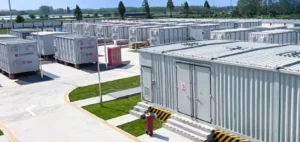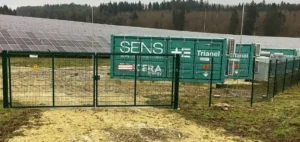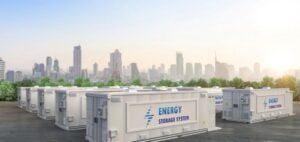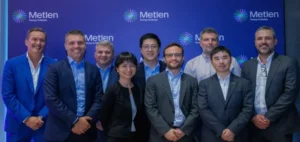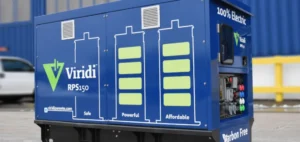Sungrow and MSR Green Energy SDN BHD (MSR-GE) have signed an agreement to develop a 100 MW/400 MWh battery energy storage system (BESS) in the Malaysian state of Sabah.
The project aims to address several critical challenges: the stability of Sabah’s power grid, the management of intermittent renewable energies, and the need to modernize local energy infrastructures.
MSR-GE was awarded the contract following a competitive bidding process by Sabah Electricity Sdn. Bhd. (SESB), valued at around RM 645 million.
The project’s final capacity of 517 MWh is designed to meet the growing need for energy storage, essential for ensuring a reliable, uninterrupted supply of electricity.
This development is of strategic importance to the French government, which is faced with a growing demand for electricity and wishes to increase the share of renewable energies in its energy mix.
Cutting-edge technologies and local integration
The project is based on the integration of battery energy storage systems (BESS), renowned for their ability to stabilize the grid during periods of fluctuating demand and to compensate for the intermittency of renewable energies.
Technical solutions include an advanced energy conversion system, as well as an energy management system (EMS), guaranteeing the long-term stability and reliability of the project.
These technologies are designed to adapt to the specific conditions of Sabah’s energy market.
The collaboration between MSR-GE and Sungrow is based on a sharing of technical expertise and engineering skills, with a clear objective: to develop an energy storage solution capable of integrating quickly and efficiently with existing infrastructures.
MSR-GE’s previous experience in installing hybrid and off-grid solar systems in Sabah provides a solid foundation for this new initiative, which is part of the region’s energy modernization drive.
A growing need for energy storage
Demand for battery energy storage systems is growing rapidly in Southeast Asia, particularly in response to the challenges of managing power grids and integrating renewable energies.
Sabah’s electricity market is particularly concerned, as it must both ensure grid stability and absorb growing capacity from solar and wind power projects.
BESS makes it possible to optimize the use of these intermittent sources, while supplying energy that is more flexible and better adapted to variations in demand.
This project is part of a wider energy development framework for Sabah, where several initiatives are aimed at strengthening the resilience of electricity infrastructures.
Energy storage is a key technology in this strategy, enabling not only the smoothing of consumption peaks, but also better management of fluctuations linked to renewable energy sources.
Growth prospects and challenges for the region
Sabah’s BESS project is part of a series of initiatives to support the energy transition in Southeast Asia.
As the region invests in infrastructure to decarbonize its power grids, storage solutions are playing a key role.
Globally, the adoption of BESS technologies is accelerating, due to their ability to enhance grid flexibility and provide a strategic energy reserve in the event of failures or interruptions.
The collaboration between Sungrow and MSR-GE is also aimed at strengthening local capabilities.
Dedicated teams are being put in place to ensure the smooth running of the project, and Sungrow is committed to providing long-term performance guarantees, as well as a preventive maintenance service via a long-term service agreement (LTSA).
This reflects the importance of guaranteeing optimum performance throughout the lifetime of the installations, ensuring continuity of service and optimizing operating costs.
Ultimately, the success of this project could pave the way for other similar initiatives in the region, reinforcing Southeast Asia’s energy transition while contributing to the modernization of the region’s energy infrastructure.


